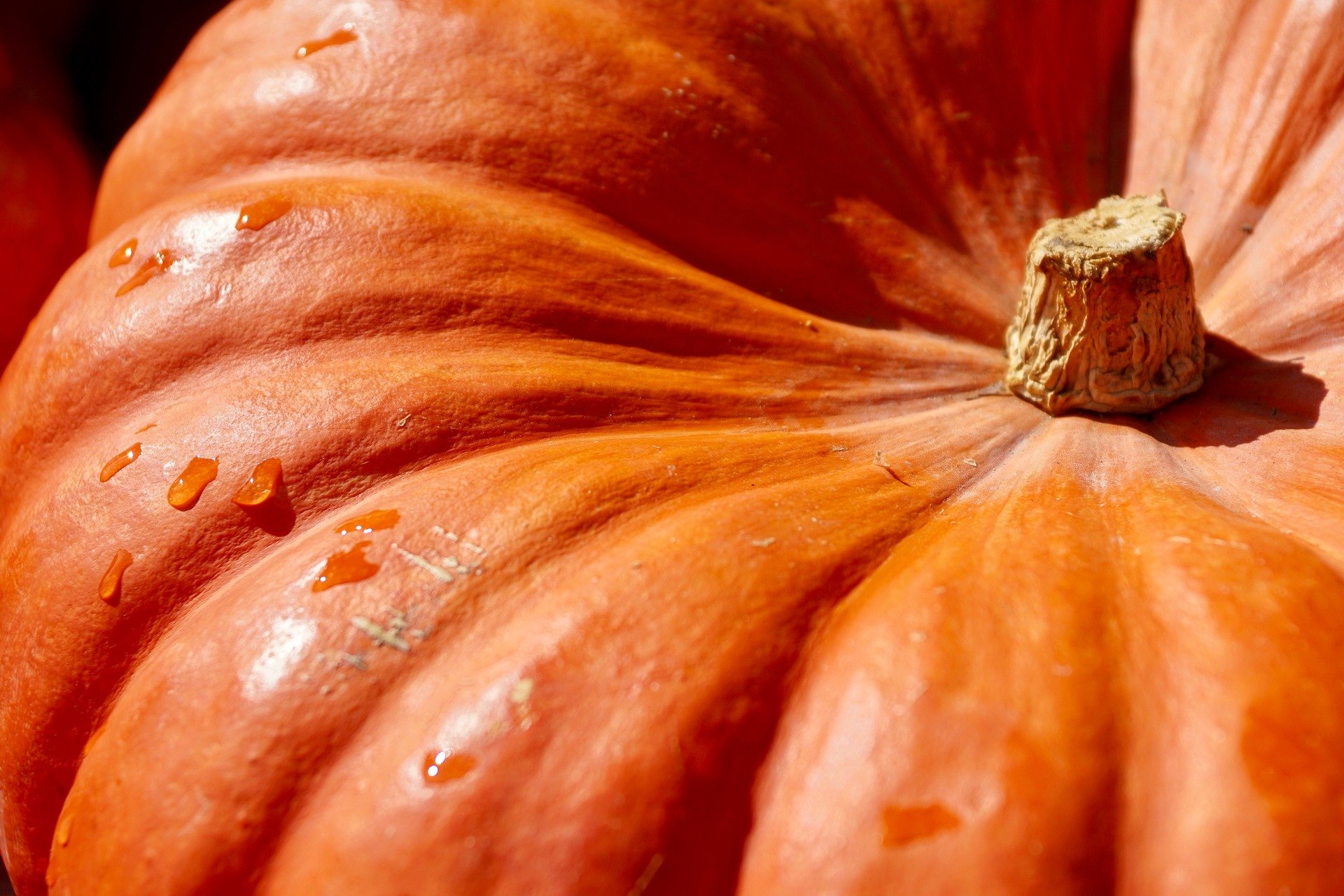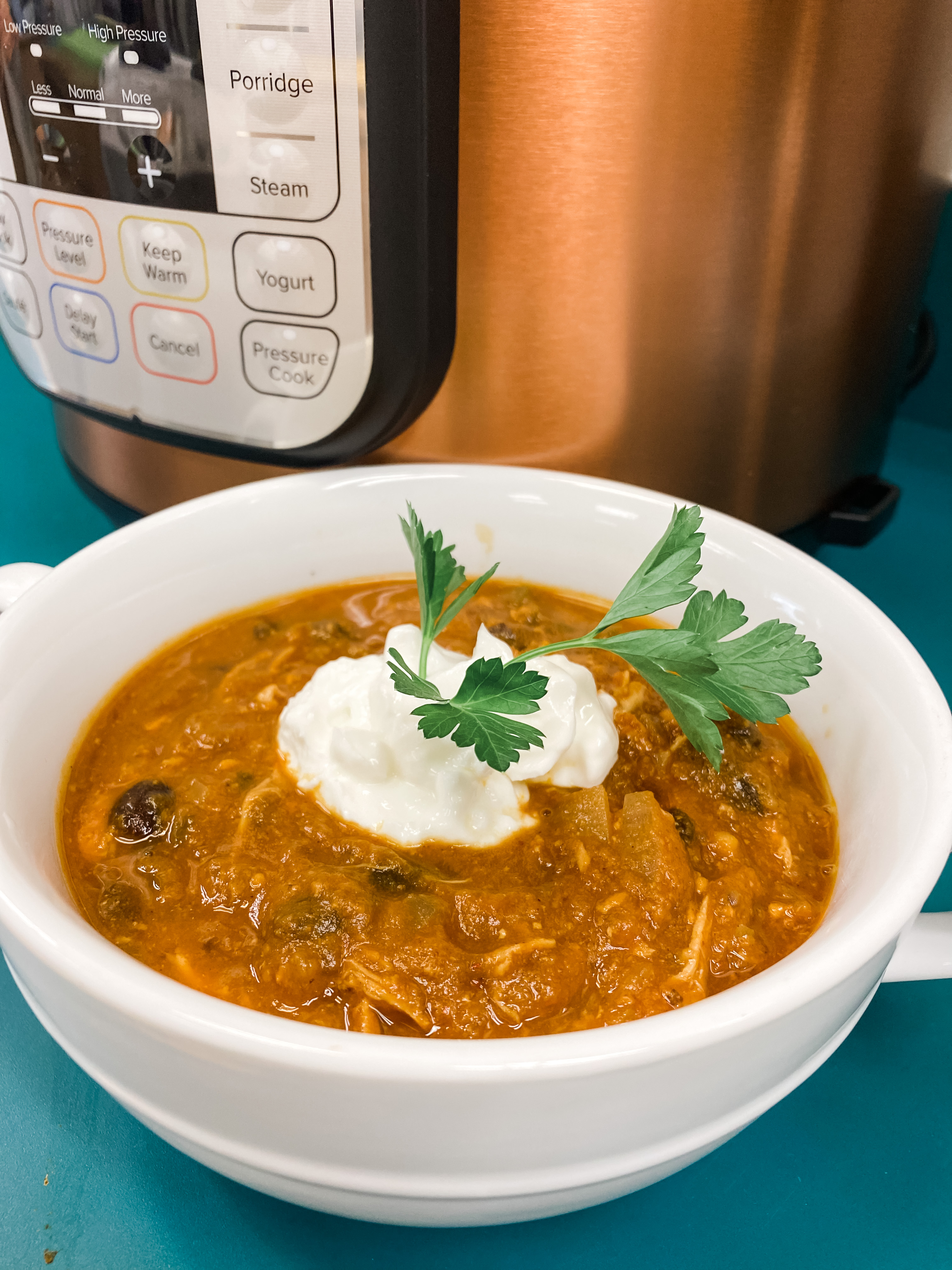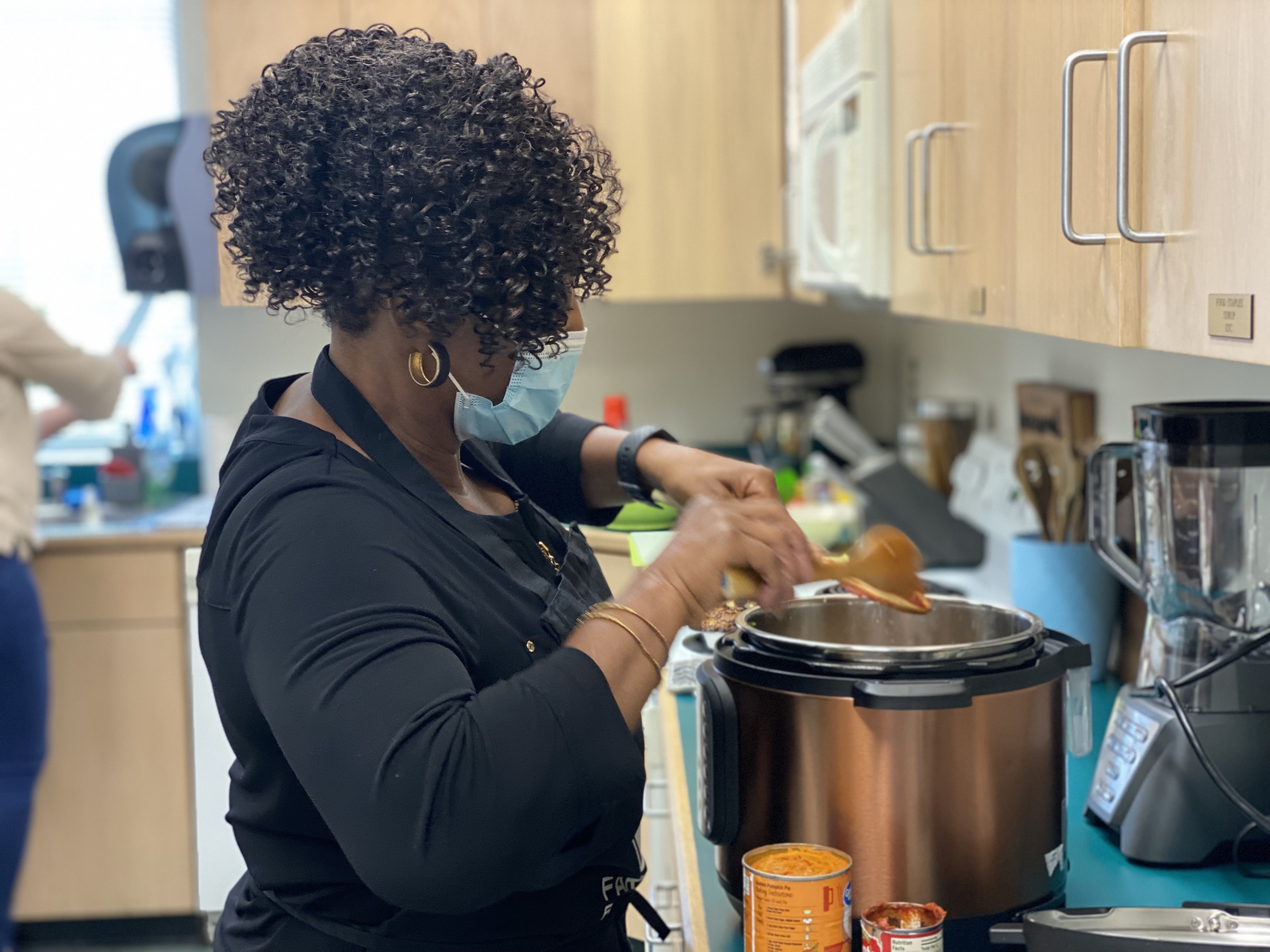Pumpkin Can Be More Than a Latte
go.ncsu.edu/readext?828447
en Español / em Português
El inglés es el idioma de control de esta página. En la medida en que haya algún conflicto entre la traducción al inglés y la traducción, el inglés prevalece.
Al hacer clic en el enlace de traducción se activa un servicio de traducción gratuito para convertir la página al español. Al igual que con cualquier traducción por Internet, la conversión no es sensible al contexto y puede que no traduzca el texto en su significado original. NC State Extension no garantiza la exactitud del texto traducido. Por favor, tenga en cuenta que algunas aplicaciones y/o servicios pueden no funcionar como se espera cuando se traducen.
Português
Inglês é o idioma de controle desta página. Na medida que haja algum conflito entre o texto original em Inglês e a tradução, o Inglês prevalece.
Ao clicar no link de tradução, um serviço gratuito de tradução será ativado para converter a página para o Português. Como em qualquer tradução pela internet, a conversão não é sensivel ao contexto e pode não ocorrer a tradução para o significado orginal. O serviço de Extensão da Carolina do Norte (NC State Extension) não garante a exatidão do texto traduzido. Por favor, observe que algumas funções ou serviços podem não funcionar como esperado após a tradução.
English
English is the controlling language of this page. To the extent there is any conflict between the English text and the translation, English controls.
Clicking on the translation link activates a free translation service to convert the page to Spanish. As with any Internet translation, the conversion is not context-sensitive and may not translate the text to its original meaning. NC State Extension does not guarantee the accuracy of the translated text. Please note that some applications and/or services may not function as expected when translated.
Collapse ▲It’s pumpkin season. Some people carve them into jack-o-lanterns and others just set them on their porch as a decoration. But, don’t forget, pumpkins can be eaten.
Technically, from a botanist’s point-of-view pumpkins are fruits. Whether you consider it a fruit or a vegetable, just think of it as healthy. Just one-half cup of canned pumpkin provides four grams of fiber with no fat or cholesterol and only 50 calories. Pumpkin also has more beta-carotene per serving than any other commonly eaten food. Our bodies convert this beta-carotene to vitamin A. Pumpkin is also full of potassium and antioxidants. While pumpkin is often added to sweet desserts such as pies and breads, it can be a great addition to more healthful fare such as soups, sauces, hummus, and oatmeal.
With that thought in mind, Meghan Lassiter, the Family and Consumer Science Extension Agent with N.C. Cooperative Extension in Brunswick County recently prepared a Pumpkin Chicken Chili on this month’s edition of Kitchen Connection. In case you missed it, here’s the recipe:
Pumpkin Chicken Chili
Ingredients
- 2 Tablespoons olive oil
- 1 sweet onion, finely diced
- 1 green bell pepper, finely diced
- 1 jalapeno, seeded and finely diced
- 2 cloves of garlic, minced
- 3 cups low-sodium chicken broth
- 1½ pounds boneless chicken breast
- 1 – 15 ounce can pumpkin puree
- 2 Tablespoons tomato paste
- 1 – 15 ounce can black beans, rinsed and drained
- 2 teaspoons chili powder
- 1 teaspoon cumin
- ½ teaspoon paprika
- ¼ teaspoon ground sage
- ¼ teaspoon cayenne pepper
- ¼ teaspoon cinnamon
- Salt and pepper to taste
- Optional ingredients: cilantro, green onion
Instructions
- Start by washing your hands and making sure your cooking space is clean. All vegetables should be rinsed and scrubbed under running water before chopping.
- Set electric pressure cooker to the sauté function and add olive oil, bell pepper, onion, and jalapeno. Sauté for about 4 to 5 minutes or until the vegetables are soft.
- Add the minced garlic and sauté for about 1 minute until lightly browned and fragrant.
- Add the chicken broth and seasonings. Stir well until combined.
- Add the chicken breast, pumpkin puree, tomato paste, and black beans to the pot. Stir again and cover the electric pressure cooker with the lid.
- Check the pressure release valve to make sure it is sealed and turn on high pressure for 12 minutes. After it is done, let the pressure naturally release for 10 minutes and then release the pressure valve.
- Carefully check the internal temperature of the chicken to see that it has reached 165°F. Remove the chicken from the pot and shred with a fork. Add the chicken back into the pot and stir.
- Serve Pumpkin Chicken Chili with desired toppings and enjoy. Makes 6 servings.
Lassiter’s version is made in an electric pressure cooker. If you don’t have one, the recipe can be easily made on top of the stove- it will just take a little longer. Simply sauté the vegetables in the olive oil in a large pot and then add the remaining ingredients. Simmer until the chicken has reached 165°F and is tender enough to pull apart into shreds (approximately one hour).
This recipe can also be adapted to your own personal tastes. She used chicken breasts because they have slightly less saturated fat than dark meat chicken, but if you like dark meat it works great – just be sure it is boneless.
The same goes for the peppers and spices. If you don’t like heat in your chili, omit the jalapeno. Also, adjust the other spices to your liking. The cinnamon adds a sweet flavor that goes great with the pumpkin.
Using the canned pumpkin puree is an easy way to add pumpkin to this recipe. Be sure to use plain pumpkin puree, not pumpkin pie filling. Pie filling has added spices and sugar. Canned pumpkin is simply cooked pureed pumpkin without all of the extras.
If you’d like to see Lassiter make this recipe, a recording is available on our YouTube. On the third Monday of each month at noon, you can watch Lassiter preparing a healthy recipe live on Kitchen Connections on Facebook.
Cheryle Syracuse wrote this article and more similar ones for the Family and Consumer Sciences Column in the Brunswick Beacon. Syracuse is an FCS team member and can be reached at N.C. Cooperative Extension, Brunswick County Center, 910-253-2610 or by email at cheryle_syracuse@ncsu.edu.






